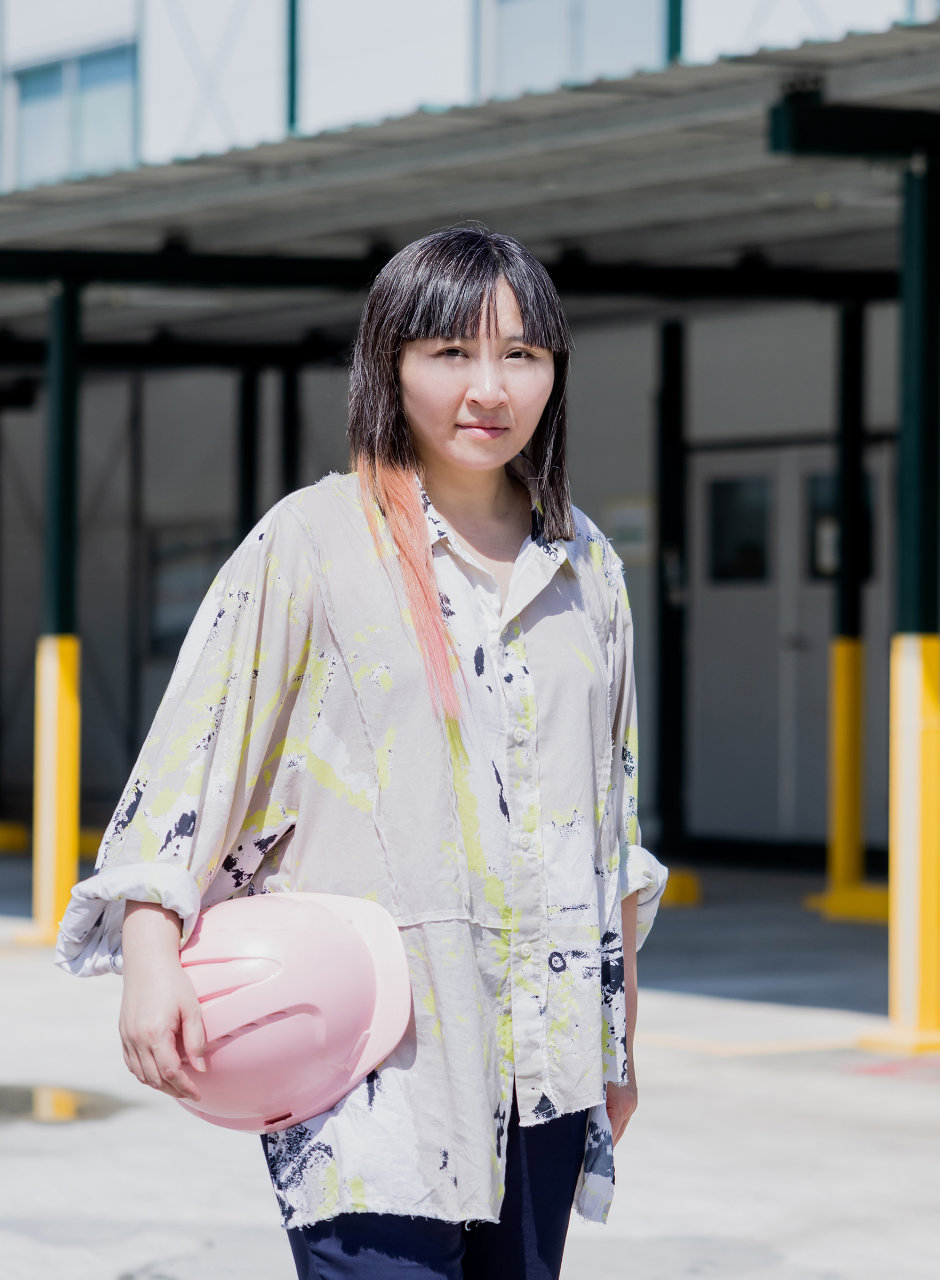
Photograph courtesy of Vivien Leong.
Southeast Asia
Singapore
Singapore
Vivien is a Registered Architect in Singapore and the United Kingdom and is a Chartered Member of the Royal Institute of British Architects. With over 20 years of experience in the UK and Singapore in sectors spanning leisure, hotel, office, transportation, education, residential, mixed-use, and masterplanning, she has a wealth of experience leading complex projects in both the public and private sectors. In 2015, Vivien was named one of Singapore’s 15 Great Engineers and Architects Aged 40 and Under by the Singapore Business Review. Since 2018, Vivien has been part of an assembly of hand-picked urban development influencers for Wartsila’s SEA20 An Oceanic Awakening project, which kickstarted in Hamburg, Germany. In 2019, Vivien was the winner in the Design and Style category of Singapore Women’s Weekly’s Great Women of our Time 2019. She has spoken at many international conferences including Worktech Asia, BIM World, Campus Development, and Modular Construction for Residential and Commercial Buildings Conference. Vivien has been a guest speaker and guest critic at the Singapore University of Technology and Design, a guest critic at LaSalle College of the Arts, and an adjunct lecturer at the BCA Academy.
About The Region
A Balancing Act
Singapore is an atypical Southeast Asian country; the government is wealthy and, during economic recessions, is able to support public sector projects in sectors such as infrastructure, education and public housing.
The public housing in Singapore is managed by HDB (Housing & Development Board), which builds thousands of subsidised homes that are more affordable for Singaporeans. The quality of construction in these homes is comparable to the private market homes.
Uniquely, the Singaporean government has the means to support and mediate the impact of the economy when the private construction sector has slowed down.
For example, after the COVID-19 pandemic, the government proactively supported the industry and other businesses.
Therefore, construction has remained comparatively stable during the current global economic downturn, mainly due to the public sector projects.
In the Southeast Asia region, the construction industry in the Philippines and Malaysia seems to be active.
Vietnam, however, experienced a slowdown due to changes in planning laws, and during the COVID-19 pandemic, caused many projects in the planning process to start over or stop altogether, which has significantly affected the housing market in Vietnam.
Unlike other countries such as Thailand and Indonesia, which might be affected by political changes, Singapore's government has remained largely consistent over time.
About The Profession
An Expanding Scope
In Singapore, both the title and function of the architect are protected. In other words, one cannot proceed with a construction project without a Singapore Board of Architects registered architect.
This model benefits architectural practices and it generates work, however, the success of a business depends on how it is run, for example, if the business is undercharging clients or undercutting other architectural firms, it may not amount to a profitable business.
Over time, there has been much more to take on as part of the responsibility of an architect, and more requirements such as the sustainability agenda, efficient methods of construction, social engagement, placemaking, health and safety, and other legislation are added to our scope of work. It is nearly impossible to operate a business profitably while meeting all these expectations using the same model as before for how fees are charged.
On the other hand, some of the younger generations of architects are of the opinion that the profession falls short of meeting their expectations in areas like work/life balance, income aspirations and career progression. They are therefore leaving the profession. The Straits Times reported on 17 May 2024 that only 7% of graduate architects will remain in the profession in Singapore, based on their survey of 536 young architectural graduates. This could lead to a shortage of skills in the profession.
Even though the industry has not slowed down, younger architects have been questioning the low fees and long hours, working on projects without the client paying the additional fees for prolongation, scope creep, or design changes.
Large local architectural practices are still able to operate successfully in Singapore, as many are leveraging on the strength of the Singapore currency by outsourcing their work to neighbouring countries such as Vietnam, the Philippines, Thailand, and Malaysia, which have weaker currencies.
About Tomorrow’s Architect
Committed to Design
In the entire construction process, perhaps more so in this part of the world, the architect is almost the only party invested purely in the quality of human experience as a result of the physical environment created. The rest of the group also have other quite different roles; the developer might care more about financing and operations, the contractor focuses on delivering the project on time, and engineers generally do not tap into the human realm in the same way.
In the past, the world was a simpler place, clients perhaps trusted architects more and the architect had more control over the practice of architecture in a way that was also more fulfilling and financially feasible.
In the entire construction process, the architect is almost the only party invested in the quality of human experience.
Today, the value of the architect has been eroded to the extent that the younger generation of architects find that the profession can be onerous with few prospects. Architecture by nature is a tough and slow-burning type of profession that demands a high level of commitment beyond monetary rewards. It could be that this idea of self-sacrificing dedication is less agreeable with the younger architects who grew up in today’s instant culture.
The older generation of architects on the other hand might be slightly out of touch with this trend and are underpaying younger staff with the assumption that they ‘should be thankful to be given the opportunity to learn or contribute’. There is a disconnect between these two ideologies, which could result in more young people leaving the profession.
Having said that, I do believe that as an architect, you have to be working towards bettering the human environment and be committed to good design. If this is not your mission, it is very hard to convince yourself to remain in the profession given the tough environment in which architects work.
There is so much architecture around us that is generated by architects who either did not care about the quality of the design or had no control over the outcome of the design. This may be what we term as a terrible consequence of ‘commercial architecture’, where financial gain or some other convenience is prioritised over quality of design. Such architecture surrounds and affects us, and will sit there for many years to come, which may or may not have been within the control of the architect.
About Architecture as an Open-Source
Combating the Shortage Of Skills Internationally
People sometimes have a romantic view of architects, assuming that all we do is sketch or produce nice drawings but the actual hard work is in realising a built design. We can produce a beautiful render but what matters the most is the in-between coordination and hard work that results in a well-crafted and considerate building.
We generate more diverse discussions when we work internationally, and now have so many tools to help us work remotely since COVID-19.
We have also become better at outsourcing work to make use of more affordable skills abroad.
However, while paper architecture can be done from anywhere in the world, the real challenge is the realisation of the product considering local legislation and guides. The end goal is a physical object that sits on a site for the enjoyment of people.
We generate more discussion when we work internationally.
The age-old model of an international design firm teaming up with a local firm is extremely challenging to pull off to great results in my opinion, because it relies so much on the success of communication between the two firms and on the translation of that vision into the local context. Contextualised architecture stems from the continuity of the design team. In other words, the party who does the design should ideally see through the delivery of the construction.
Despite this difficulty, global collaboration is definitely doable and exciting. Sometimes an outsider sees things differently and that could bring about a positive impact. Regardless, the quality of the architecture produced is dependent on the architect’s commitment to good architecture and as such it is quite irrelevant where you are based.
It comes down to what kind of architect you want to be. Even if you procure the project by outsourcing you have to be able to communicate effectively with the project team on the other side, and if you are designing from abroad, you might need to rely on your local partner to know the regulatory boundaries, contractual differences and local context.
With more global models of working and with the development of AI, the way in which architects traditionally work may become quite different, and architects young and old should hopefully be able to embrace these changing times and not lose sight of the fundamental meaning of practising architecture which is to create a better and environmentally responsible place for humans to thrive.
August 2024
Interview by International Architects Sweden.
Read More
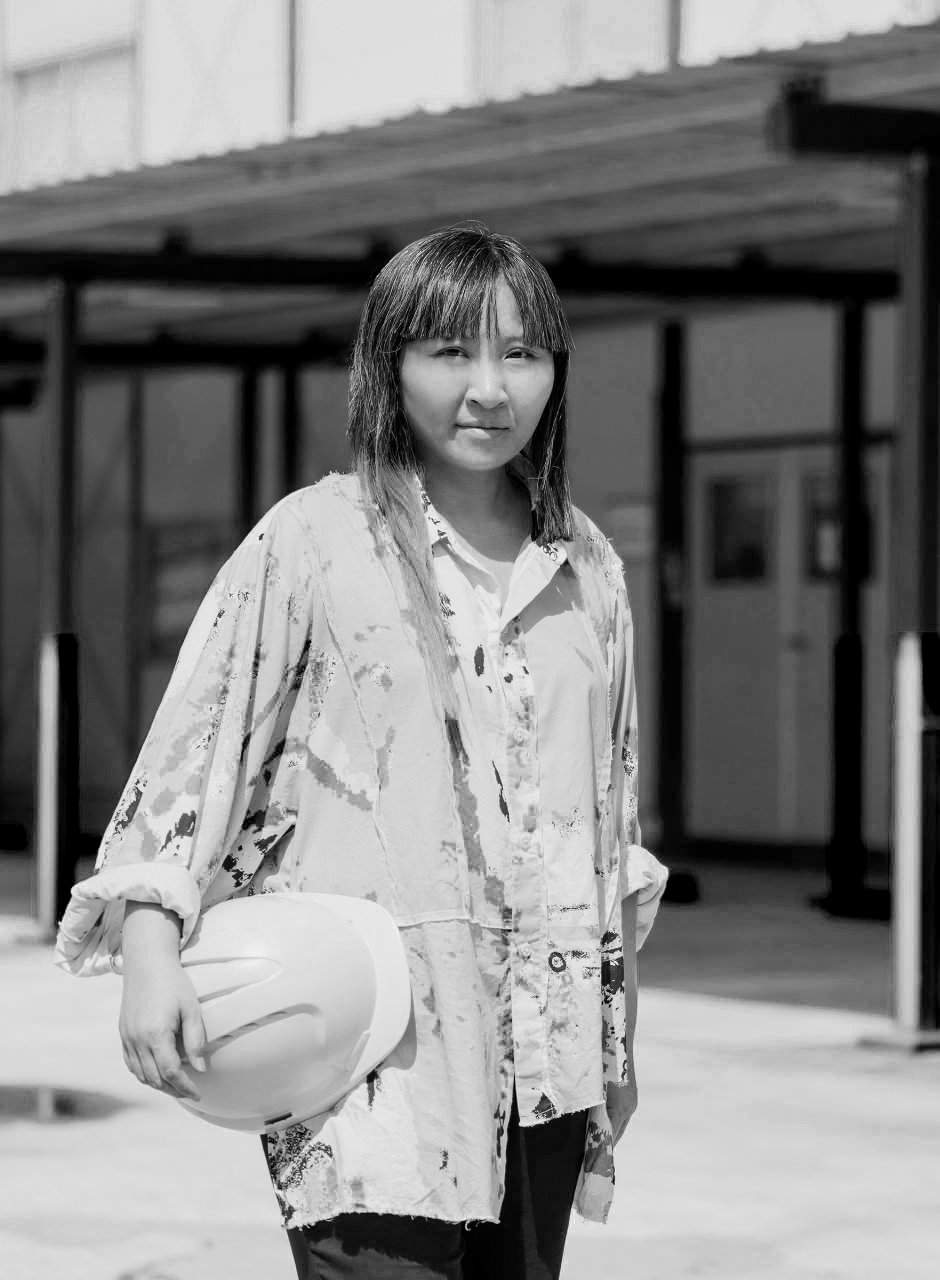
Vivien Leong || SingaporeGlobal Dialogues
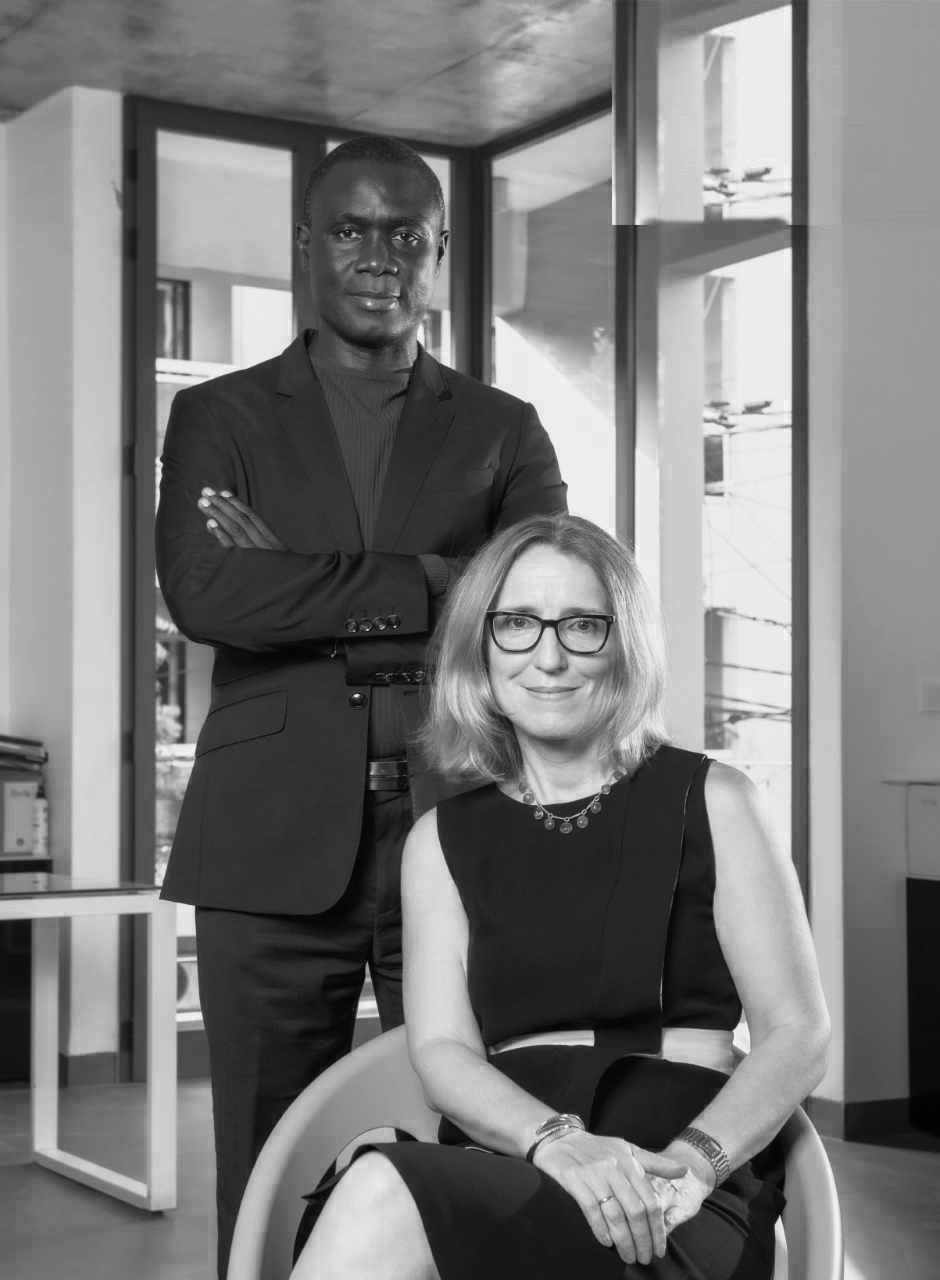
SENE STUDIO|| SenegalInterview
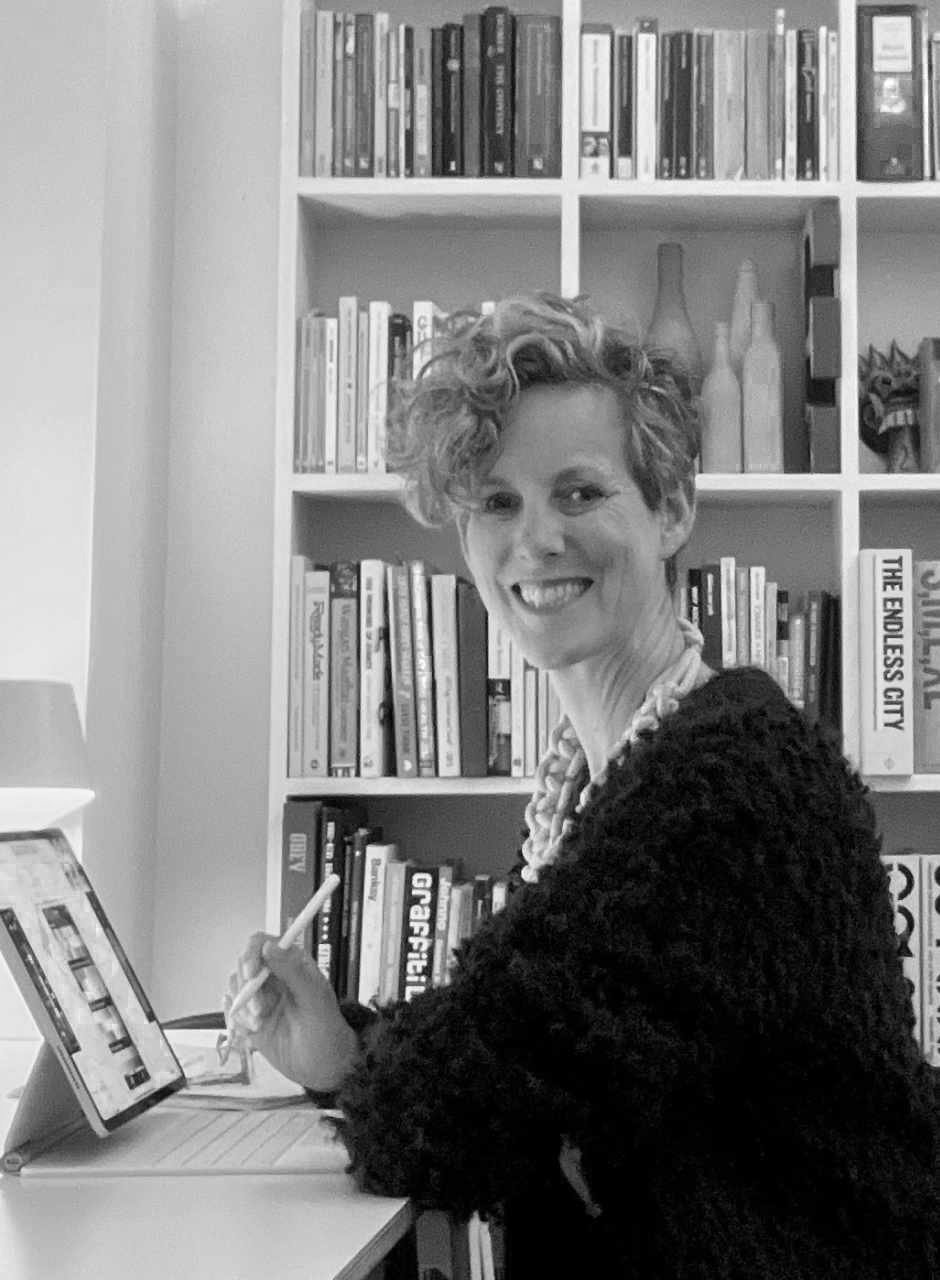
Angela Dapper|| AustraliaGlobal Dialogues
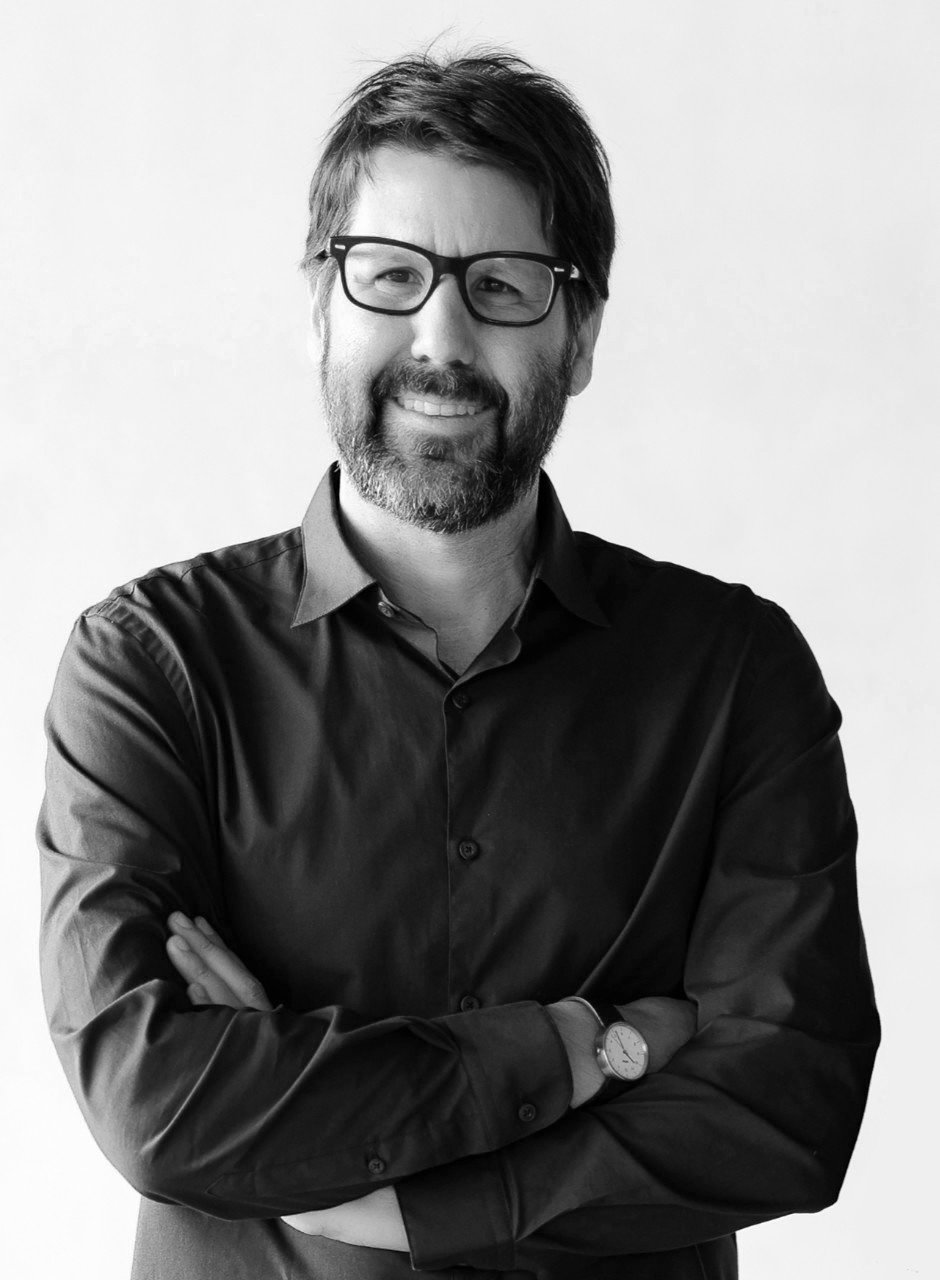
Bruno Campos|| BrazilGlobal Dialogues

Habibeh Madjdabadi || IranGlobal Dialogues
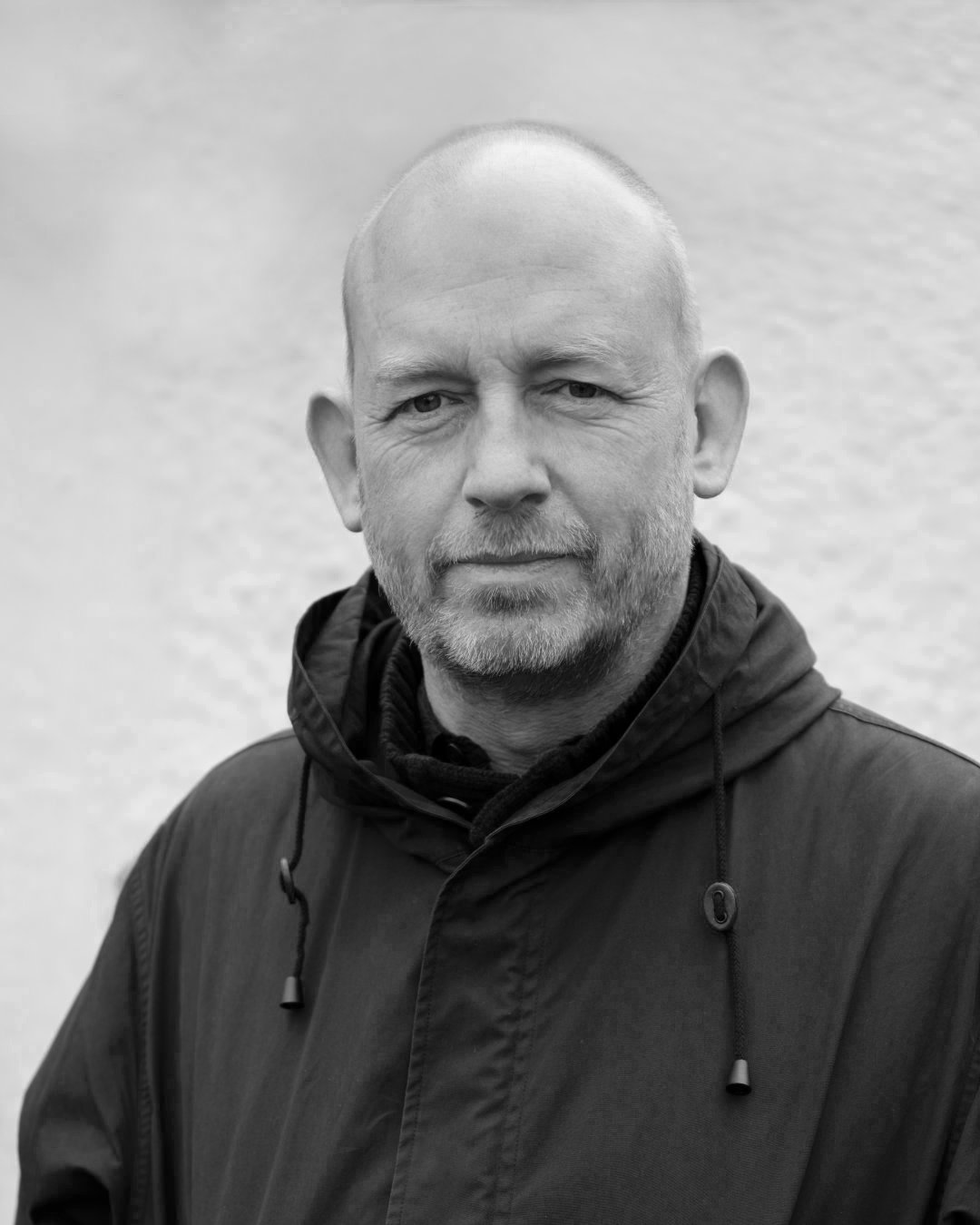
Jake Ford|| SwedenGlobal Dialogues

Pascale Sablan|| USAGlobal Dialogues
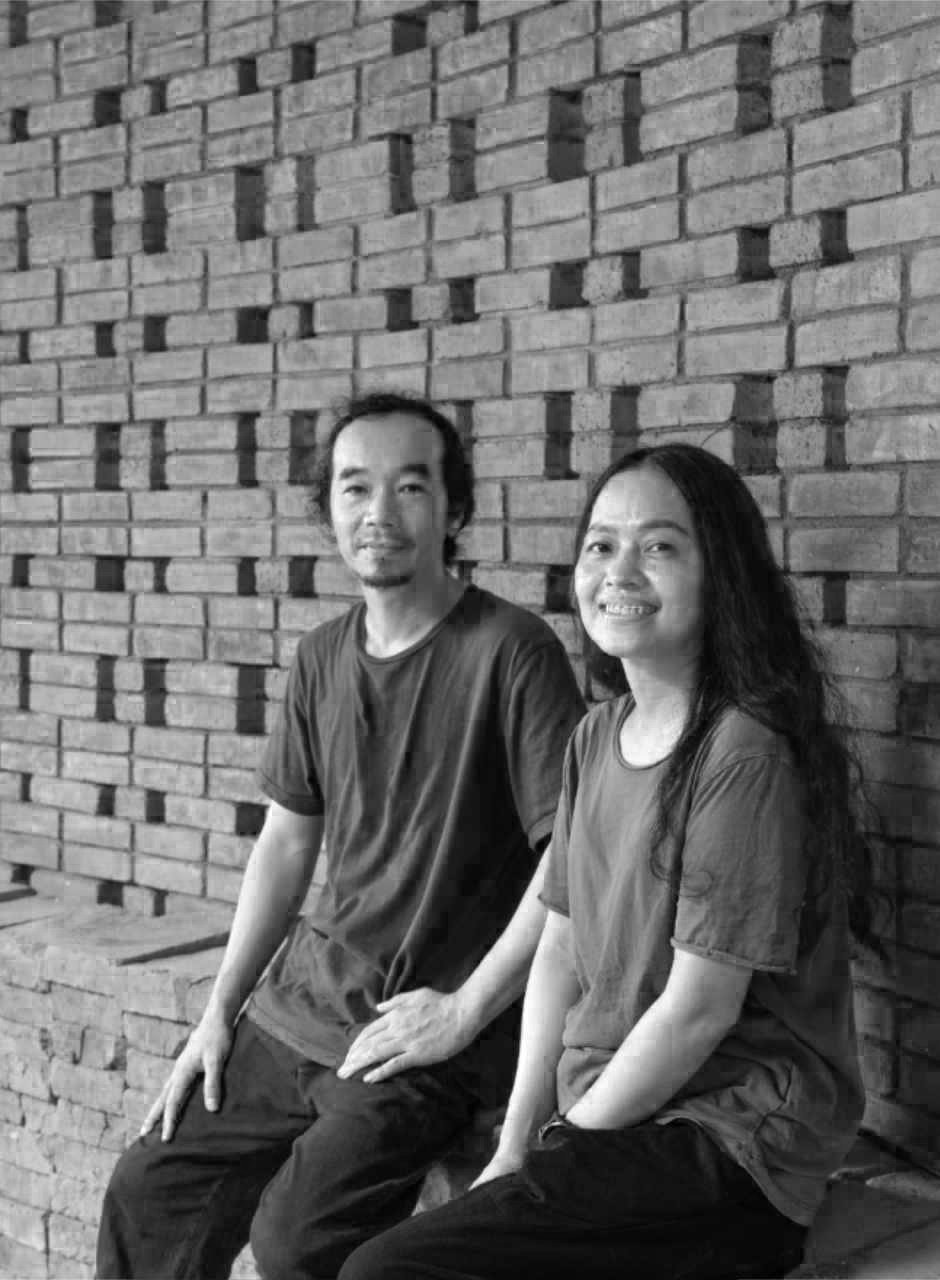
Tropical Space|| VietnamGlobal Dialogues
